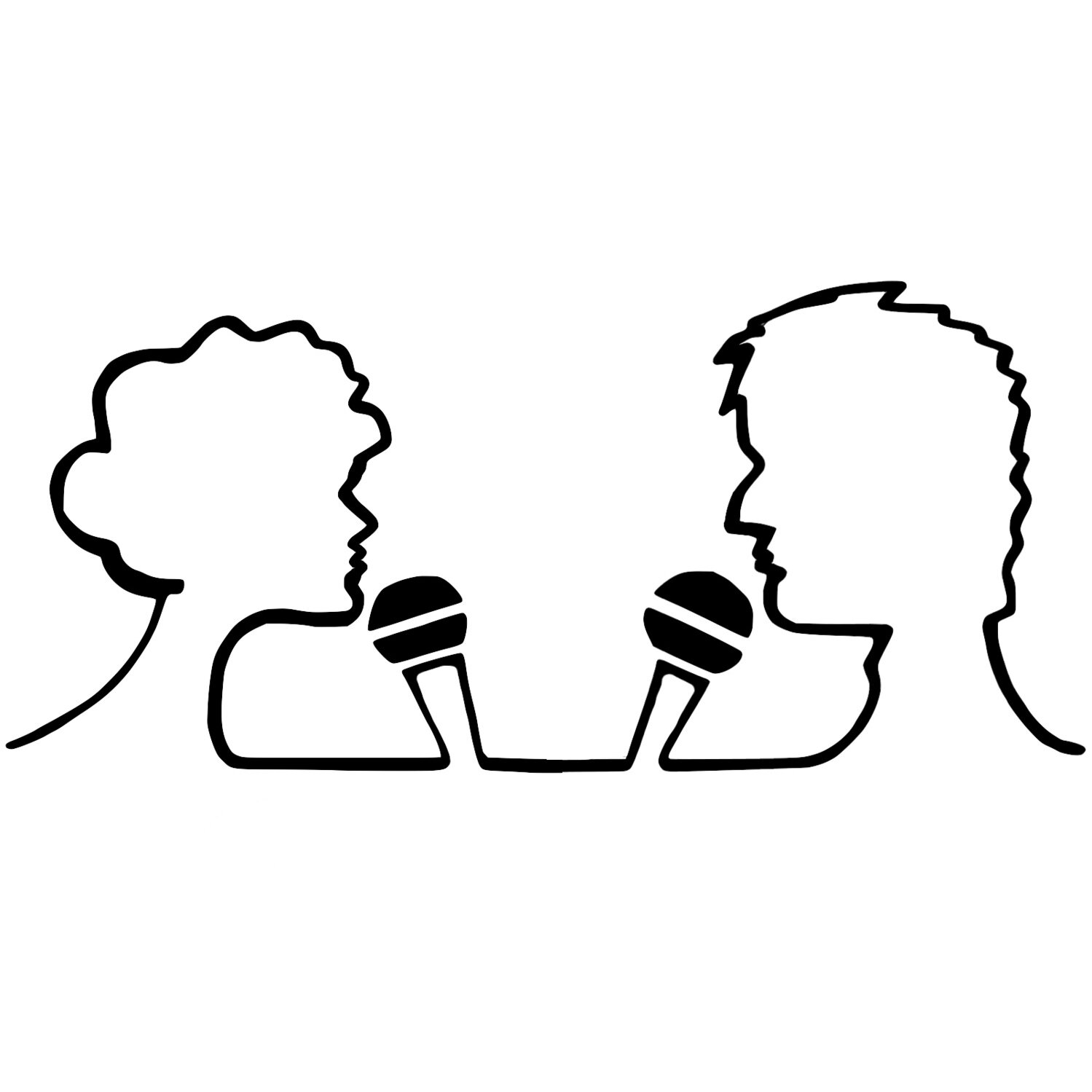Oz Ismail went from being a research scientist taking pictures of bones, to a doctoral scientist, taking pictures of brains. He spent his PhD imaging as part of a project on Alzheimer’s disease. We talked to him about what’s known about the disease and the difficulties in treatment and diagnosis.
We also talked about how along the way he’s performed stand-up, worked with friends to create the Minorities in STEM community, and how he himself is co-host of a science podcast called Why aren’t you a doctor yet? Thankfully, Oz now is Dr. Ismail and currently playing up his Britishness in Portland, OR.
Read More



















